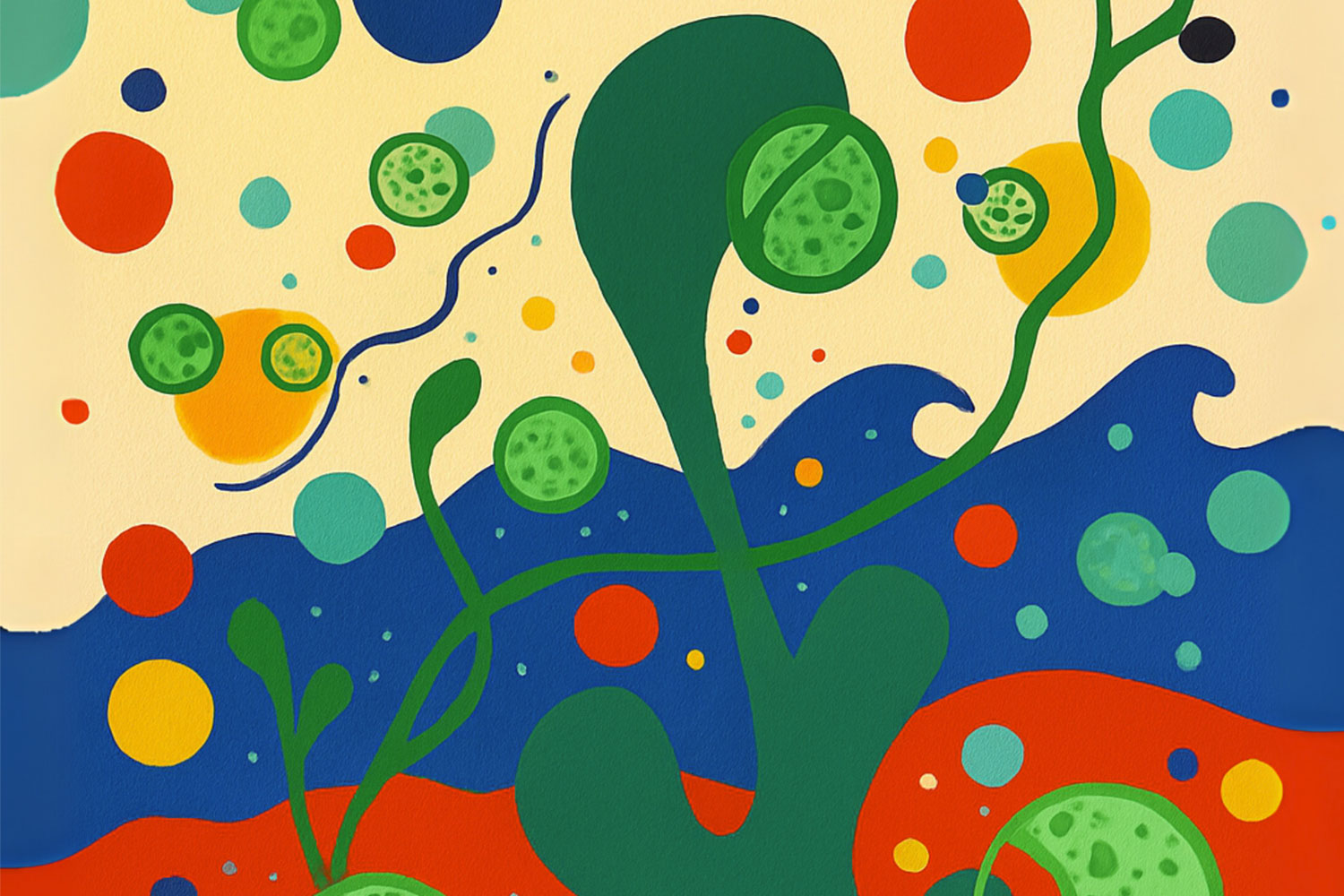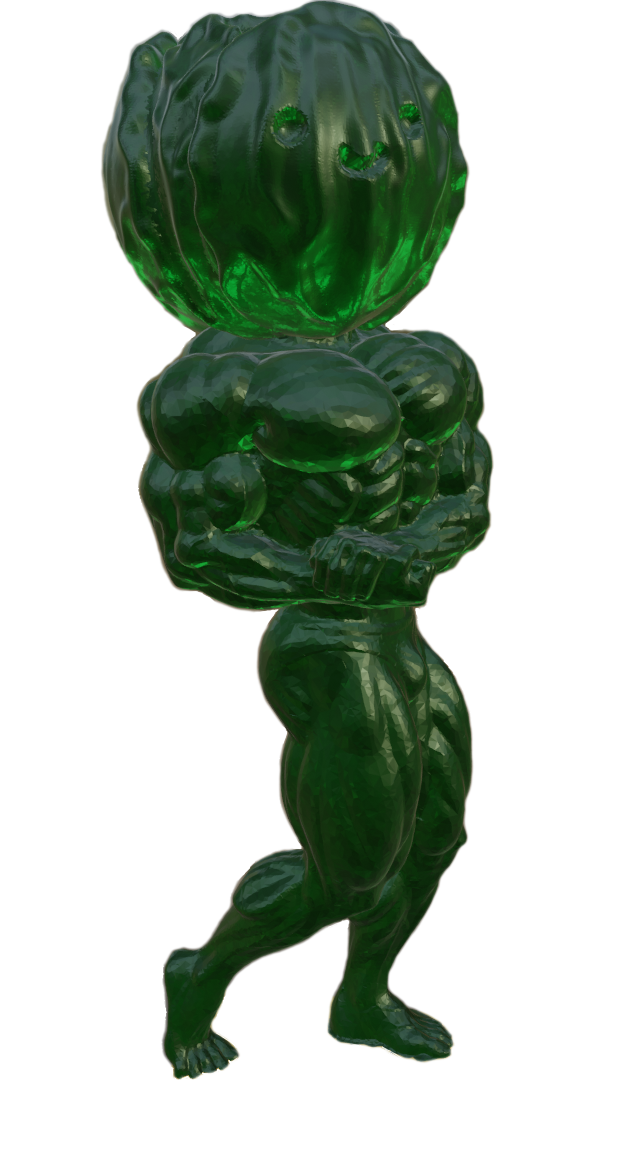You know what’s worse for bioprocessing than sticky cells? Bubbles. The article implies this solves everything, when in reality it works on an edge case. Mammalian cells, and most cells lacking a tough outer wall, would never tolerate bubbles.
MIT is built on headlines.
Ain’t that the truth.
The world if even 1% of MIT headlines were true:

Sure, but trying and failing is the only way we’ve ever accomplished anything.
If MIT headlines were food we’d all be happy and fat.
What happens when they interact with bubbles?
Bubbles act as a water/air interface. The lipid membrane of a cell is a wall that has an internal hydrophobic layer made of phospholipids. Phospholipids when introduced to a water/air interface orient their hydrophobic side into the air, away from water. In other words the bubble rips the cell membrane apart by pulling phospholipids out of the membrane.
Good explanation, thanks!




